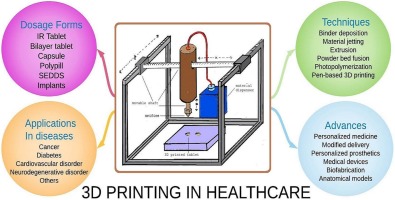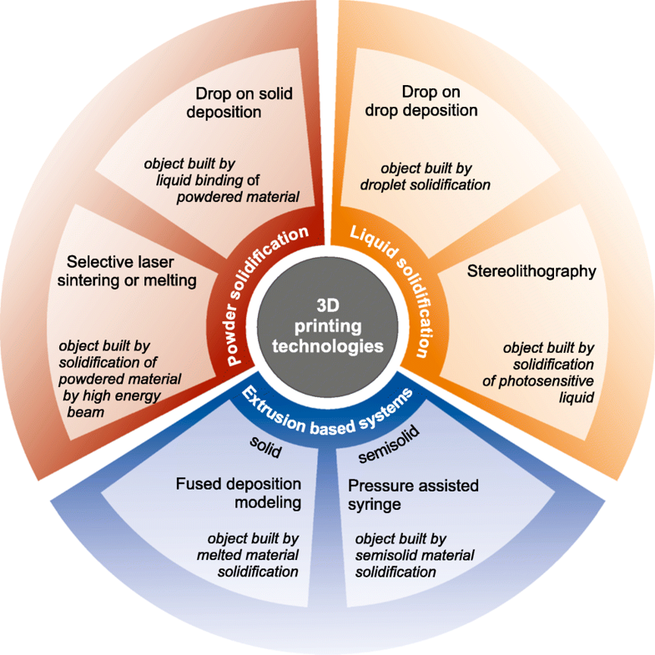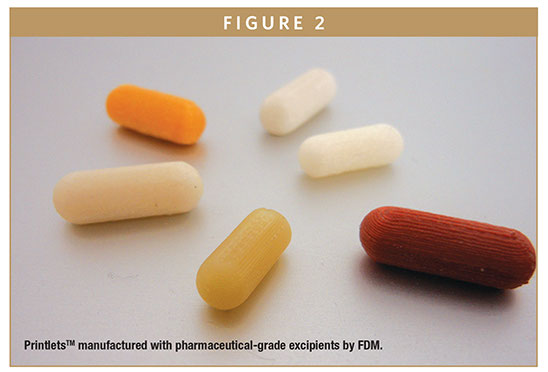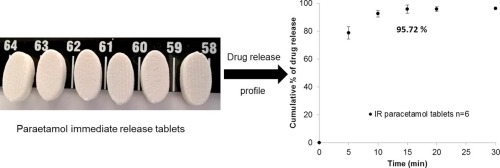- Home
- Blog
- News
- Basics
- Sources
- Agencies, Regulatory & Organisations
- CERSI Excipients Browser
- Excipient Report
- Excipient DMF List
- EXCiPACT Certified Companies
- Excipient Documentation
- Excipient EINECS Numbers
- Excipient E-Numbers
- FDA Inactive Ingredient List
- FDA GRAS Substances (SCOGS) Database
- IPEC Americas
- USP - U.S. Pharmacopeia
- Definitions
- Whitepapers / Publications
- Supplier
- Services
- Media
- Events
- 1st pharmaexcipients Poster Award
- Event Calendar
- Events featured by pharma-excipients
- 4th Annual Formulation & Drug Delivery Congress
- DDF Summit
- ExcipientFest Americas
- ExcipientFest Asia
- Global CompliancePanel
- International Conference and Exhibition on Pharmaceutics & Novel Drug Delivery Systems
- Formulation & Drug Delivery USA Congress
- Laboratory Medicine 2018
- Making Pharmaceuticals Europe
- Making Pharmaceuticals Exhibition
- Pharma Integrates
- PharmaExcipients China @CPhI China
- TTC Technology Training Center
- Jobs
- Online Sourcing
- Contact
26. September 2018
Three-dimensional (3D) printing is classified as a revolutionary, disruptive manufacturing technology. Cellulose (the most abundant natural polymer) and its many derivatives have been widely studied for many applications. The combination of 3D printing with cellulose-based feedstocks is therefore of critical interest. This review highlights many studies on 3D printing applications of plant-derived cellulose and its derivatives. Potential materials include cellulose ethers/esters,...
21. September 2018
Three-dimensional (3D) printing was discovered in the 1980s, and many industries have embraced it, but the pharmaceutical industry is slow or reluctant to adopt it. Spiritam® is the first and only 3D-printed drug product approved by FDA in 2015. Since then, the FDA has not approved any 3D-printed drug product due to technical and regulatory issues. The 3D printing process cannot compete with well-established and understood conventional processes for making solid dosage forms. However,...
13. August 2018
3D printing is an additive manufacturing technique capable of producing various 3D drug products, medical devices, tissues and organs from digital designs. The first FDA approved 3D drug product, Spritam®, has encouraged and attracted many researchers in this field with research undergoing to develop various customized dosage forms. This review aims to introduce 3D printing, its history, advantages, challenges and various techniques used in fabrication of drug products. This review also...
19. July 2018
Growing demand for customized pharmaceutics and medical devices makes the impact of additive manufacturing increased rapidly in recent years. The 3D printing has become one of the most revolutionary and powerful tool serving as a technology of precise manufacturing of individually developed dosage forms, tissue engineering and disease modeling.
13. May 2018
3D printing: a layer-by-layer process to produce drug products has gained a lot of attention in recent years especially after its first FDA approval due to several advantages offered as an effort for an improved pharmacotherapy. This technology is indeed an old and widely used in other industries; however due to various regulations and complex application, it is yet to flourish in the pharmaceutical industry. Despite this fact, numerous dosage forms have been prepared and reported in the...
18. April 2018
A 3D-Bioplotter® was employed to 3D print (3DP) a humic acid-polyquaternium 10 (HA-PQ10) controlled release fixed dose combination (FDC) tablet comprising of the anti-HIV-1 drugs, efavirenz (EFV), tenofovir disoproxil fumarate (TDF) and emtricitabine (FTC). Methods Chemical interactions, surface morphology and mechanical strength of the FDC were ascertained. In vitro drug release studies were conducted in biorelevant media followed by in vivo study in the large white pigs, in comparison with a...
09. March 2018
This past year marked a milestone in the pharma industry when Aprecia Pharmaceuticals’ Spritam® (levetiracetam) tablets became the first FDA-approved prescription drug product manufactured using 3D printing technology.
“As we explored potential applications for our 3D printing technology in prescription drug products, it was important that we identified disease areas with a real need for patient-friendly forms of medication,” said Don Wetherhold, CEO of Aprecia, in a printed statement.
23. February 2018
Nanogels are hydrogels formed by connecting nanoscopic micelles dispersed in an aqueous medium, which give an opportunity for incorporating hydrophilic payloads to the exterior of the micellar networks and hydrophobic payloads in the core of the micelles. Biomedical and pharmaceutical applications of nano gels have been explored for tissue regeneration, wound healing, surgical device, implantation, and perusal, rectal, vaginal, ocular, and transdermal drug delivery. Although it is still in the...
21. January 2018
The manufacture of immediate release high drug loading paracetamol oral tablets was achieved using an extrusion based 3D printer from a premixed water based paste formulation. The 3D printed tablets demonstrate that a very high drug (paracetamol) loading formulation (80% w/w) can be printed as an acceptable tablet using a method suitable for personalisation and distributed manufacture.
03. November 2017
In the new era of medicine, 3D printing technique in pharmaceutical manufacturing has already yielded success. For example, Aprecia®, an FDA-approved pharmaceutical company, has launched its first approved product which is not only unique because of a novel manufacturing process but also better than conventional compressed tablets.










